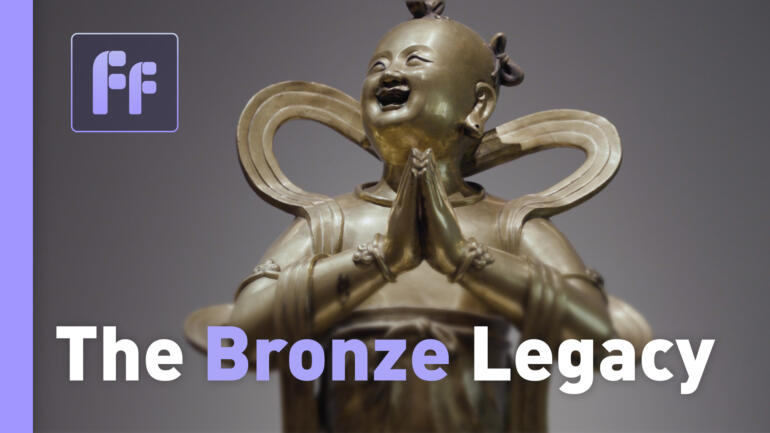In ancient China, bronze vessels symbolized ritual significance and political power. Centuries later, these artifacts are being rediscovered and revered as embodiments of a golden age. Originally used as containers for food and wine, archaic bronzes later inspired new creations – adapting antique shapes and decorative motifs to serve as incense burners, flower vases, and a wide range of scholar’s objects.
The Resurgence of Chinese bronze
“Recasting the Past: The Art of Chinese Bronzes” is captivating audiences at the Metropolitan Museum of Art in New York City.
This fascinating exhibition offers a comprehensive look at Chinese bronzes crafted between the 12th and 19th centuries.
“It’s a trailblazing exhibition. This catalog will become the standard for understanding the development of bronzes from around 1100 to 1900,” said Max Hollein, the museum’s director.
Full Frame spoke with Hollein about the vision behind the show.
Unearthing China’s Hidden Treasures
Anyang is a cornerstone of Chinese archaeology. The discovery of inscribed oracle bones, royal tombs, massive palaces, and industrial-scale workshops confirmed it as the last capital of the Shang dynasty, just as ancient records claimed. Excavations, ongoing since the 1920s, have shaped our entire understanding of Early Bronze Age China.
Ancient Art That Brings History to Life
The resurgence of Chinese bronze, known as fugu or “return to the past,” influenced a wide range of art forms, sparking a revival in bronze casting that both emulated and reimagined classical traditions. Full Frame caught up with Curator Pengliang Lu to learn more.
 CGTN America
CGTN America

